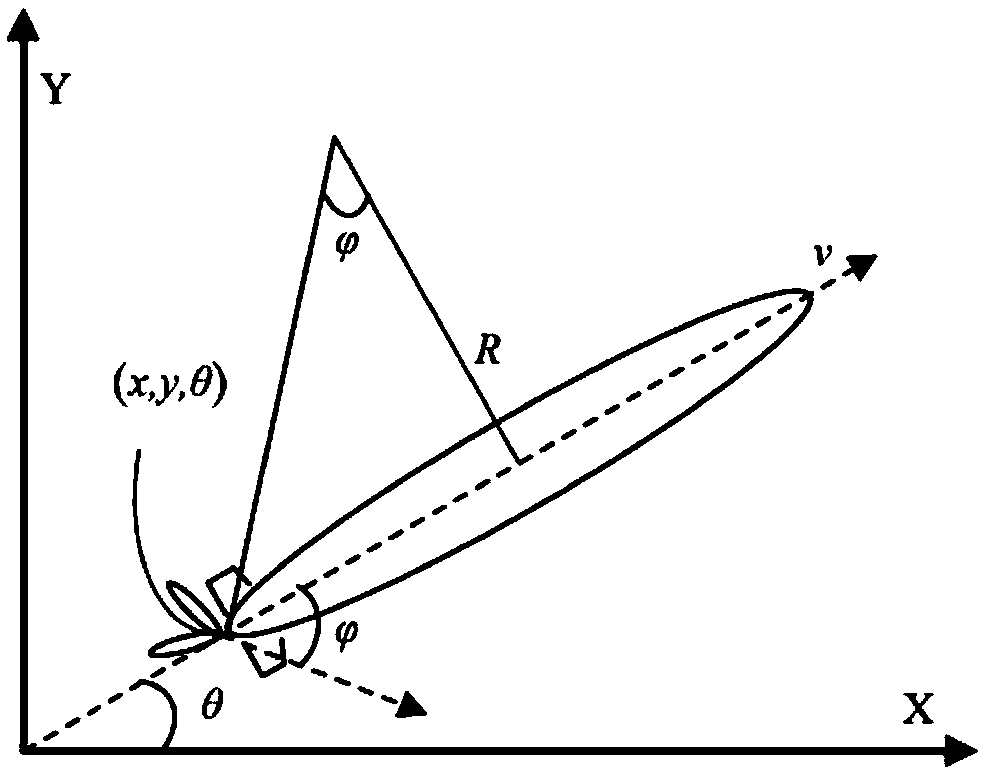Improved RRT-based underwater vehicle rolling planning algorithm capable of effectively improving search efficiency
A technology for underwater vehicles and aircraft, which is applied in three-dimensional position/channel control and other directions, and can solve problems such as meaningless calculation, low expansion efficiency, and slow expansion speed
- Summary
- Abstract
- Description
- Claims
- Application Information
AI Technical Summary
Problems solved by technology
Method used
Image
Examples
Embodiment
[0119] In order to prove the effectiveness of the proposed rolling path planning algorithm for underwater vehicles based on improved RRT, the proposed algorithm and the rolling path planning algorithm for underwater vehicles based on basic RRT are used for path planning in the same complex area (Fig. 17), The starting point is fixed (63,402) as blue nodes, and 10 target points are randomly set as red nodes. The algorithm parameters are set the same, where Δq is 5% of the diagonal length of the planning area, the number of planning in the local window is 50, and the size of the local window is 10% of the diagonal length of the planning area. The improved RRT algorithm uses Table 1-3 The corresponding relationship between the visibility and the expansion direction set and the expansion step set. Table 1-4 is the comparison of data corresponding to the two algorithms, in which each group of simulation runs 10 times to take the average value, and the data in the table are arranged...
PUM
 Login to View More
Login to View More Abstract
Description
Claims
Application Information
 Login to View More
Login to View More - R&D
- Intellectual Property
- Life Sciences
- Materials
- Tech Scout
- Unparalleled Data Quality
- Higher Quality Content
- 60% Fewer Hallucinations
Browse by: Latest US Patents, China's latest patents, Technical Efficacy Thesaurus, Application Domain, Technology Topic, Popular Technical Reports.
© 2025 PatSnap. All rights reserved.Legal|Privacy policy|Modern Slavery Act Transparency Statement|Sitemap|About US| Contact US: help@patsnap.com



